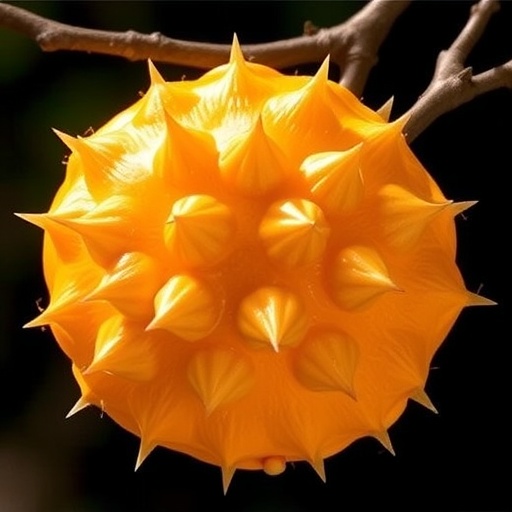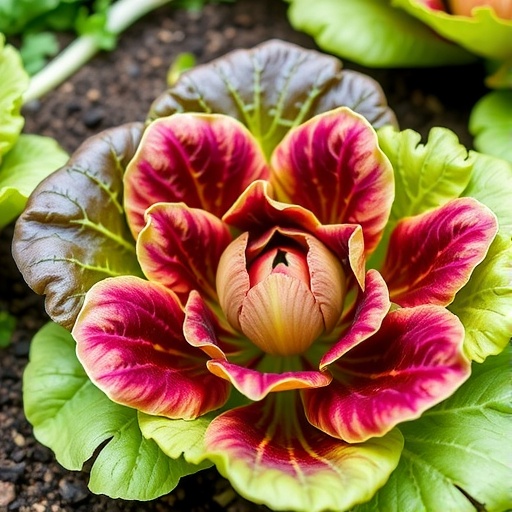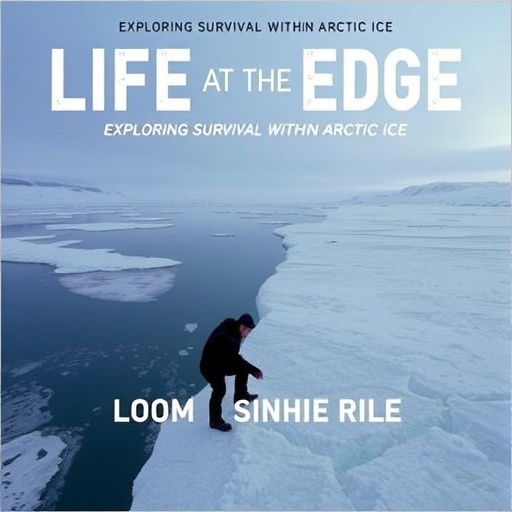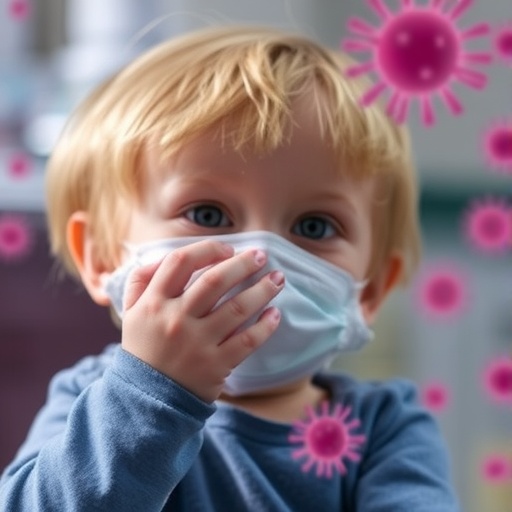PROTECT YOUR DNA WITH QUANTUM TECHNOLOGY
Orgo-Life the new way to the future Advertising by AdpathwayIn an unprecedented breakthrough for wildlife conservation, a groundbreaking vaccine targeting chlamydia in koalas has received official approval for use in Australia. This innovative approach, developed by researchers from the University of the Sunshine Coast (UniSC), stands as a vital advancement in protecting one of the country’s most recognizable species, which has been facing severe population declines due to this debilitating infection. Over the course of more than a decade, scientists have meticulously formulated this vaccine, responding to the urgent need to combat one of the primary threats to the long-term survival of koalas in the wild.
The impetus for this development can be traced to the growing concerns surrounding the outbreak of chlamydia among koalas, which has devastating ramifications, including painful urinary tract infections, infertility, blindness, and ultimately death. The condition has reached alarming levels, with some populations experiencing infection rates soaring as high as 70%. Professor Peter Timms, a renowned microbiologist leading the research team, emphasized that the vaccine represents a pivotal solution to a pressing crisis. “We understand that a single-dose vaccine, one that does not require subsequent boosters, is essential for controlling the rapid spread of this deadly disease,” he noted, highlighting the critical urgency of the issue faced by Australia’s unique wildlife.
Antibiotics have long represented the only available treatment for infected koalas; however, their efficacy is limited. The use of antibiotics can interfere with the animal’s ability to digest eucalyptus leaves—the sole nourishment for koalas—resulting in malnutrition and even the alarming prospect of starvation. This vaccination initiative, therefore, not only seeks to provide a protective measure against chlamydia but also aims to mitigate the adverse side effects associated with antibiotic treatments that have proven inadequate in preventing recurring infections.
The journey towards creating an effective chlamydia vaccine for koalas has not been a straightforward path. It has required robust clinical trials and extensive research over a decade, collecting and analyzing vast amounts of data to ensure safety and efficacy. Among the notable milestones achieved was a landmark study led by Dr. Sam Phillips, a senior researcher at UniSC, which assessed the immunological response in wild koala populations. This comprehensive research demonstrated that the vaccine significantly reduced the likelihood of symptomatic chlamydia infections during the breeding age and decreased mortality rates associated with the disease by at least 65%. The profound implications of this statistic cannot be overstated—it represents a potential turning point in the fight for koala conservation and the preservation of biodiversity in Australia.
The vaccine is founded on a sophisticated understanding of the biology of the pathogenic bacteria Chlamydia pecorum, particularly its major outer membrane protein (MOMP), which plays a crucial role in the infectious process. This intricate design complements a three-tiered protection strategy aimed at reducing initial infections, preventing the progression to symptomatic disease, and, in some cases, reversing pre-existing symptoms. Such a multifaceted approach underscores the scientific rigor behind the development of this vaccine, positioning it as an innovative intervention in wildlife disease management.
The collaborative nature of this research exemplifies the strength of partnership in science. Researchers at UniSC have collaborated with international and national partners, drawing on expertise from various fields to expedite the vaccine’s development. Notably, they utilized an adjuvant initially developed by the Vaccine and Infectious Disease Organization at the University of Saskatchewan, along with contributions from the International Vaccine Institute and various Canadian institutions. This work received substantial support from organizations such as the Bill and Melinda Gates Foundation, showcasing a commitment to cross-border cooperation in tackling global health challenges.
Valuable insights and backing from prominent organizations in the field of animal health have further strengthened this endeavor. For instance, Ceva Santé Animale, a leading global animal health company, has played a vital role in overcoming logistical and technical challenges, further validating the importance of this initiative within the context of wildlife conservation. According to Pierre-Marie Borne, the director of the Ceva Wildlife Research Fund, the koala symbolizes a distinctive aspect of Australian natural heritage, and its conservational success holds implications for global biodiversity efforts. “This initiative transcends basic research; it introduces a vital intervention aimed at safeguarding endangered species,” Borne asserted, framing the vaccine’s development as a model for similar conservation strategies worldwide.
The field-testing of the vaccine, conducted in real-world conditions, has been instrumental in gathering essential data regarding its efficacy. Leading conservationists, including Dr. Terri Irwin AM, have expressed their commitment to this cause, emphasizing the significance of integrating scientific research with compassionate care for koalas. The partnership between wildlife hospitals and UniSC has allowed researchers to vaccinate koalas in their natural habitats, thereby contributing invaluable data that could support wider implementation of the vaccine across Australia.
Professor Helen Bartlett, the Vice-Chancellor and President of UniSC, remarked on the innovative nature of this vaccine development, emphasizing the university’s strategic focus on addressing pressing ecological and health challenges through collaborative research efforts. The approval for the vaccine marks a crucial transition from discovery to application, translating into a tangible product that provides renewed hope for the future of koalas, an emblematic species of Australia’s diverse wildlife.
Looking ahead, despite the vaccine’s approval and the progress made thus far, the journey is far from over. Professor Timms underscores the need for continued funding and support to facilitate a national rollout of the vaccine to at-risk koala populations. Ongoing research efforts will also be crucial in refining the product and investigating the long-term efficacy of the vaccine to ensure sustained success in the field. The stakes are high, as the survival of vulnerable koala colonies hanging on the brink of extinction hinges on the success of these concerted conservation efforts.
As this groundbreaking vaccine receives recognition and approval, it not only serves as a beacon of hope for koalas facing the ravages of chlamydia but also as a testament to the power of scientific innovation and collaboration in addressing complex ecological challenges. This pivotal advancement in wildlife health management heralds a new era for one of the world’s most cherished marsupials, reflecting a collective commitment to ensuring their survival for generations to come.
Subject of Research: Animals
Article Title: World-first Koala Chlamydia Vaccine Approved
News Publication Date: [Insert Publication Date]
Web References: [Insert Web References]
References: [Insert References]
Image Credits: UniSC Australia
Tags: chlamydia outbreak in koalascombatting koala diseasesinnovative wildlife health solutionskoala chlamydia vaccine approvalkoala population declinelong-term survival of koalasmicrobiology in wildlife healthprotecting endangered speciessingle-dose vaccine developmentUniversity of the Sunshine Coast researchurgent conservation effortswildlife conservation breakthroughs


 6 hours ago
7
6 hours ago
7





















 English (US) ·
English (US) ·  French (CA) ·
French (CA) ·